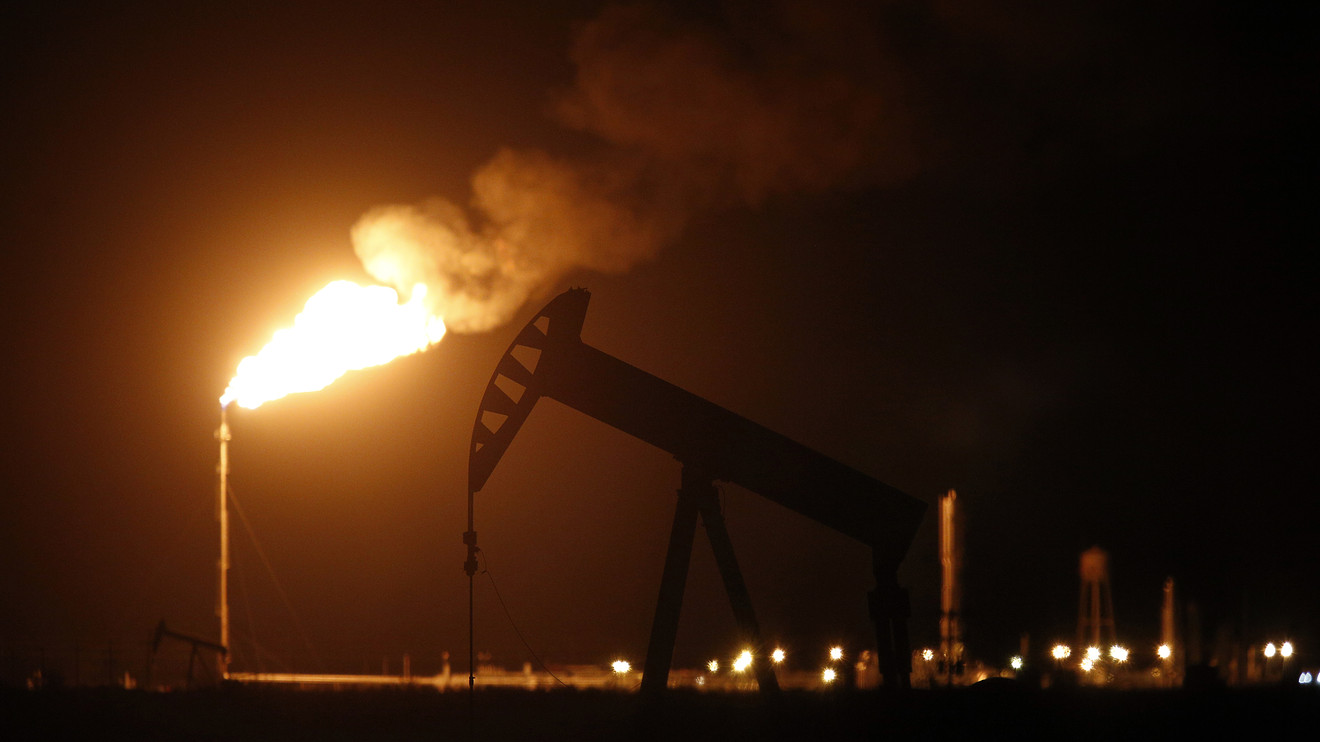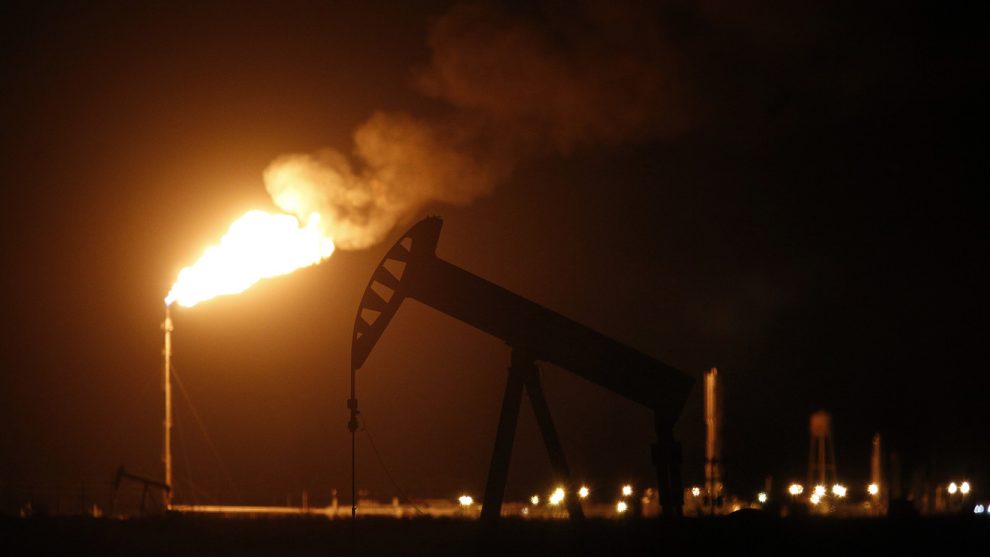
Oil futures headed lower on Wednesday, with U.S. and global benchmark giving up earlier gains as traders weighed uncertainty surrounding global crude production against data from a U.S. government report that revealed the first weekly decline in U.S. crude stocks in a month.
A report from China also revealed better-than-expected quarterly economic growth, easing concerns over a slowdown in energy demand.
“The biggest obstacle for higher prices are the same factors that got them here in the first place,” Alfonso Esparza, senior market analyst at Oanda, told MarketWatch. “U.S. sanctions against Iran and Venezuela could get tighter, but it could trigger an end to the OPEC+ deal.”
“Russia and other major producers have hinted that they could ramp up production,” and “U.S. shale expectations point to more supply,” he said. “So a repeat of 2014 [oil-price crash] could present itself if Saudi Arabia does not manage to convince major producers to keep the production cuts active.”
The U.S. benchmark, West Texas Intermediate crude for May delivery CLK9, -0.14% fell 12 cents, or 0.2%, to $63.93 a barrel on the New York Mercantile Exchange. It was trading higher at $64.15 before the supply data.
June Brent crude LCOM9, -0.11% the global benchmark, lost 10 cents, or 0.1% to $71.62 a barrel on ICE Futures Europe.
The Energy Information Administration on Wednesday reported that U.S. crude supplies fell by 1.4 million barrels for the week ended April 12. Analysts polled by S&P Global Platts expected a rise of 1.8 million barrels, following three consecutive weeks of increases, but the American Petroleum Institute on Tuesday had reported a larger decrease of 3.1 million barrels.
The EIA data also showed inventory declines of 1.2 million barrels for gasoline and 400,000 barrels for distillates last week. The S&P Global Platts survey had shown expectations for supply declines of 2.5 million barrels for gasoline and 1.6 million barrels for distillates.
On Nymex, May gasoline RBK9, +0.49% rose less than a cent, or 0.3%, to $2.038 a gallon, while May heating oil HOK9, -0.48% shed a penny, or 0.5%, to $2.072 a gallon.
Earlier Wednesday, oil prices found support as data showed that China’s economy, the world’s second largest, expanded by 6.4% over a year earlier in the three months ending in March. That matched the previous quarter for the weakest growth since 2009, but beat analysts’ expectations of 6.3%.
However, oil had pulled back earlier this week after Russia’s finance minister reportedly questioned his country’s participation in a production-cut deal led by the Organization of the Petroleum Exporting Countries that’s been credited in part for a rally that’s seen the U.S. benchmark surge nearly 40% since the end of last year as Brent rose more than 30%. The deal is set to expire at the end of June and OPEC and its allies have scheduled their next official meetings for June 25-26.
Renewed fighting in Libya has raised concerns about the durability of a pickup in oil exports by the country. Sanctions on Venezuela and the approaching expiration of U.S. waivers for importers of Iranian oil have also contributed to supply jitters, analysts said.
Meanwhile, May natural gas NGK19, -1.87% fell by 4.1 cents, or 1.6%, to $2.531 per million British thermal units. The EIA is expected to report on Thursday an increase of 90 billion cubic feet in U.S. natural-gas supplies for the week ended April 12, according to a survey of analysts from S&P Global Platts.
Providing critical information for the U.S. trading day. Subscribe to MarketWatch’s free Need to Know newsletter. Sign up here.








